This Week in History recalls memorable and decisive events and personalities of the past.
28th May 1905 – Russo-Japanese War: The Battle of Tsushima ends with the destruction of the Russian Baltic Fleet by Admiral Tōgō Heihachirō and the Imperial Japanese Navy
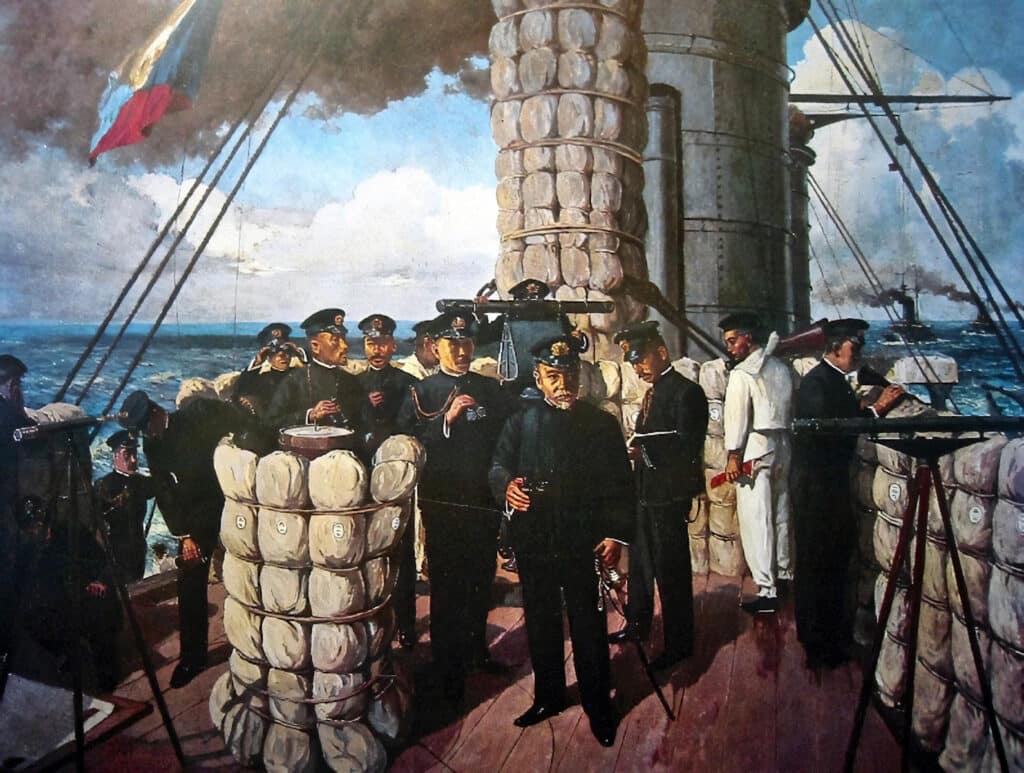
In the latter half of the 19th century, the Empire of Japan was rapidly modernizing its antiquated feudal structures. Being forced to open trade with the West by the arrival of American warships in the middle of the century was a rude awakening that sparked a rapid push for modernization, and a rise in xenophobia.
Within a few decades Japan had vastly expanded its economy, and its army and navy, to the point where it was now able to begin competing on the world stage. The first sign of the rise of Japanese power was their decisive defeat of the Qing Chinese forces in Korea in 1895. Japan thus expanded its power into Korea and began a policy of establishing itself as a hegemon in East Asia.
At the same time, the crumbling of the Chinese Empire had encouraged the massive Russian Empire to expand its territory and influence into China, and to develop its own power base in East Asia. In 1898 Russia strong-armed the Chinese into leasing them the port of Port Arthur in north-eastern China. This was Russia’s first warm-water port on the Pacific Ocean; its main port, Vladivostok, froze over in winter. Russia also began constructing the Trans-Siberian Railway, which would finally link its European core to its East Asian territory with modern infrastructure.
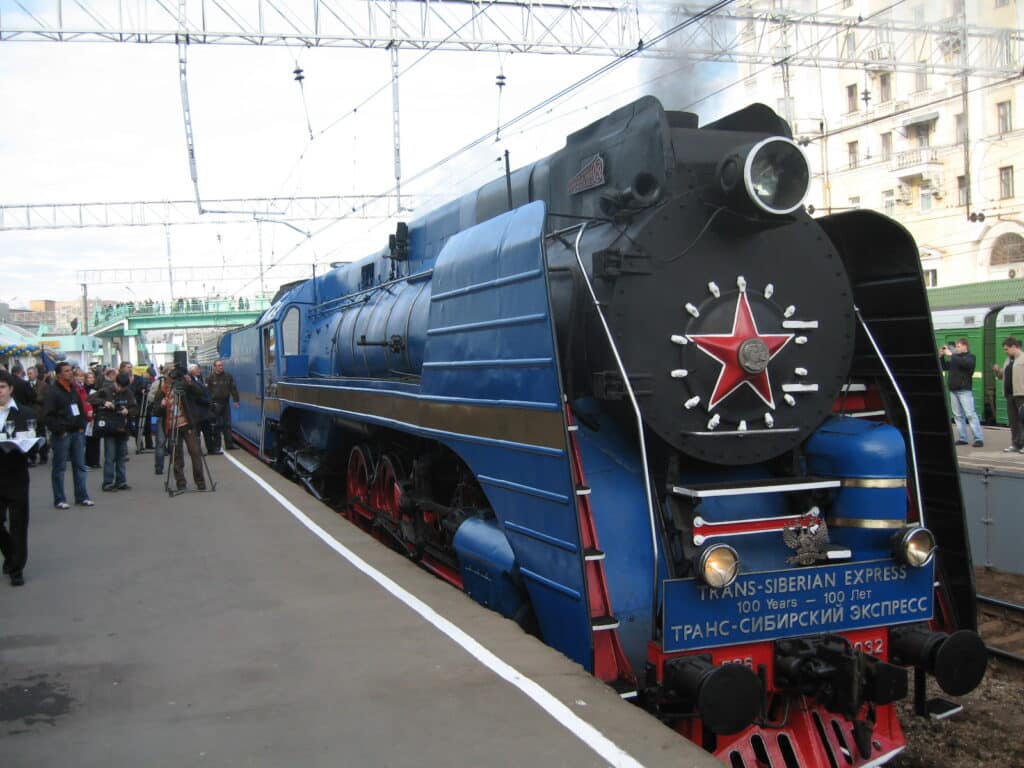
The railway, the port and growing Russian power and control over Manchuria in north-eastern China – further strengthened after the Boxer Rebellion, which saw large numbers of European troops invade China – caused a great deal of concern in Japan.
Both Japan’s elites and many of its people were worried that Russia’s growing power would return Japan to a state of subservience. In previous decades the Japanese had lost control of the island of Sakhalin to the Russians due to the power imbalance, a humiliating experience which the Japanese did not want to see repeated in China and Korea.
Japan decided it should try reducing Russian power through negotiations, and sought to agree with the Russians on clear spheres of influence, with Russia being unchallenged in Manchuria if Japan was not contested in its control of Korea. These negotiations went nowhere, and Japan sought alternative ways to boost its strength.
In 1902, fearing joint Russian and French or Russian and German action against them if they fought Russia, the Japanese signed an alliance with the British, agreeing that if Russia was joined in any war with Japan by another major European power, Britain would side with Japan. In return, Japan would work to undermine Russian naval power in the East.
With a powerful ally, Japan decided it could now take action to remove the Russians from East Asia. Russia for its part was encouraged by speeches and letters from the German emperor, praising Russian expansion in the Far East and denouncing ‘the Yellow peril’ of a powerful Asian nation which might undermine the ‘white race’.

Believing that in any conflict it would be backed by both France and Germany, Russia did little to calm Japanese fears. This, despite the dearth of Russian troops in the Far East, and the difficulty of sending reinforcements, given that the Trans-Siberian Railroad was not yet completed.
Finally, in January of 1904, the Japanese sent a proposal to Russia that they would not interfere in Manchuria if Russia did not interfere in Korea. The Japanese government had two weeks earlier voted to go to war if Russia did not accept.
On 4 February 1904, with no reply from Russia, the Japanese cut diplomatic ties with Moscow. Four days later, Japan declared war and, upon sending the declaration, immediately attacked the Russian Far East Fleet in Port Arthur. Due to poor Russian infrastructure, Moscow only received the declaration three hours after the attack had begun; the Russian government was outraged at what it viewed as a devious sneak attack.

The night attack by the Japanese navy bloodied the Russian Far East Fleet, and mostly confined it to port. The Japanese fleet soon put the port under blockade, and the army under siege from the land.
Japan also sent troops into Manchuria to evict the Russian forces there and quickly drove them back, shattering Russian perceptions that the Japanese would be an easy foe. The Russians tried to buy time so that they could deploy reinforcements from the west and overwhelm the Japanese with superior numbers.
In April 1904, the Russian fleet trapped at port Arthur decided to attempt a break out, with a view to retreating to Vladivostock. Having left the port, they fought a mostly inconclusive battle with the Japanese, though the engagement cost the Russian admiral his life.
In view of the difficulties of the Russian fleet in the Far East, Moscow decided to dispatch the Baltic Sea Fleet from St Petersburg – but it had to sail all the way around the southern point of Africa in a seven-month voyage to join the naval forces in the East.
The voyage of the Baltic fleet was a shambles, plagued by bad luck, technical breakdowns and incompetence. While passing Britain in October 1904, the Russian fleet mistook British fishing vessels for enemy torpedo boats and fired on them, hitting the trawlers, and one of their own as well. The incident almost sparked a war between Russia and Britain.
Over the rest of the voyage, the Russian ships continued to attack civilian targets in a panic, with one ship reporting that it had engaged a fleet of Japanese ships – at which it fired over 300 shells – only to discover later that these had been Swedish and French merchant ships.
Eventually the Russian fleet arrived in the east, ready to do battle with the Japanese.

Seeking to join up with the Far East Fleet and fight the Japanese with overwhelming force (and being able to make necessary repairs, as their long voyage had left the vessels in a bad state) the Russian Baltic Fleet decided to head for Vladivostock by passing through the straits of Tsushima between Japan and Korea.
The Russians decided to sneak through the passage at night to avoid detection; in the dark hours between 26 and 27 May 1905, the Russian warships switched off their lights and entered the straits. Thick fog covered the sea, obscuring all but one of the Russian ships; in accordance with international law, the hospital ship kept all its lights on.
A Japanese ship sent to investigate noticed the Russian hospital ship had no guns. The hospital ship, however, mistook the Japanese warship for a friendly vessel and so signaled to it: ‘Friendly Russian ships nearby’. With this information the Japanese soon discovered the Russian fleet and mobilised for attack.
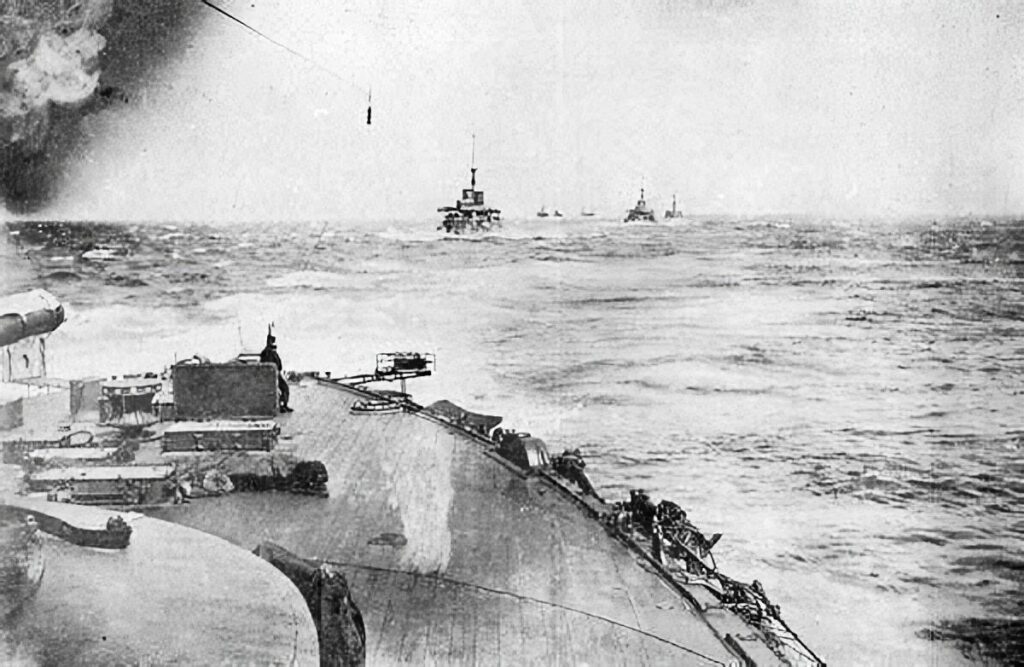
As the sun rose the Japanese fleet took the Russians by surprise. They were in shape to fight. In the ensuing engagement, the Russian Baltic Fleet was shattered, losing six of its eight battleships, one of its three coastal battleships, and 14 other ships. They lost 5 045 men and another 6 016 were captured by the Japanese.

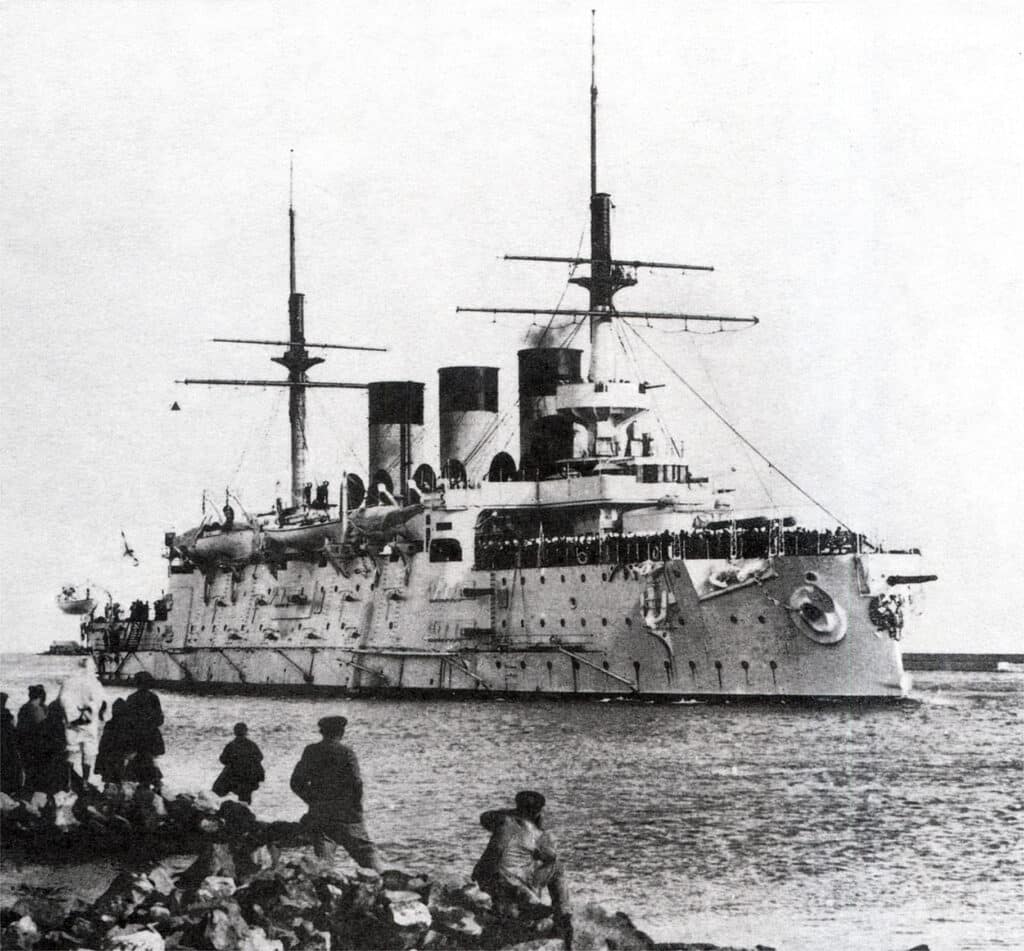
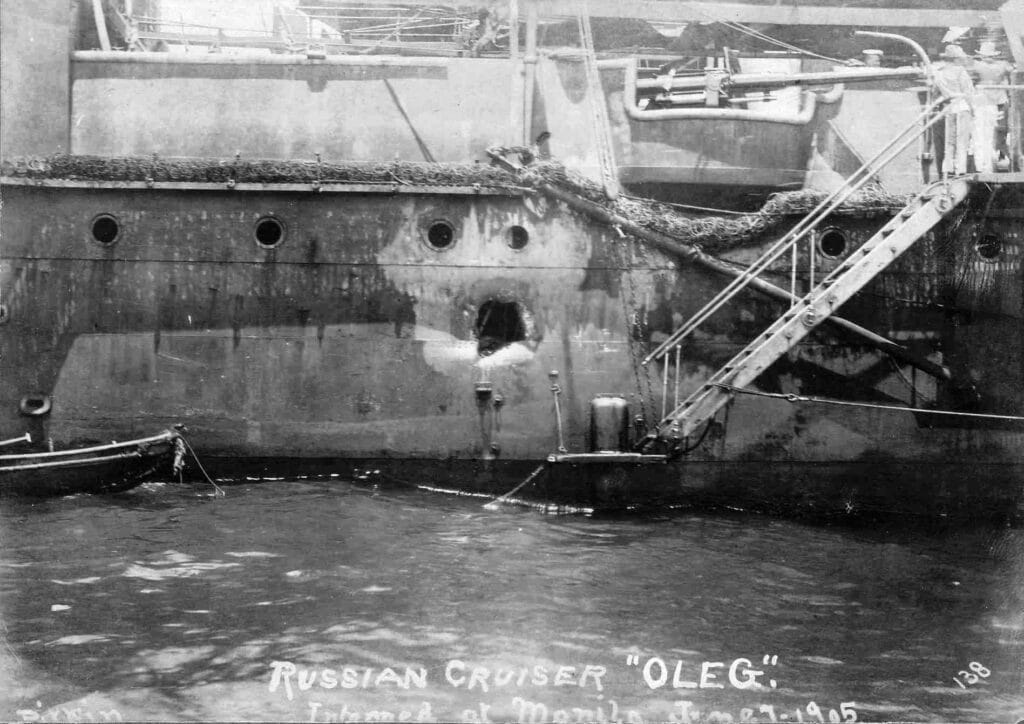

The Japanese navy lost only three torpedo boats and 117 dead.
With such a dramatic victory, Japan was confident of soon bringing Russia to the negotiating table.
The defeat, which shocked the world, humiliated Russia and propelled Japan onto the global stage as a major power.
Japan became the major player in north-eastern China and the major naval power of Asia. With its humiliation, Russia suffered a number of major political crises, which would contribute to its involvement in the First World War, and its collapse into the Soviet Union in 1917.
If you like what you have just read, support the Daily Friend

